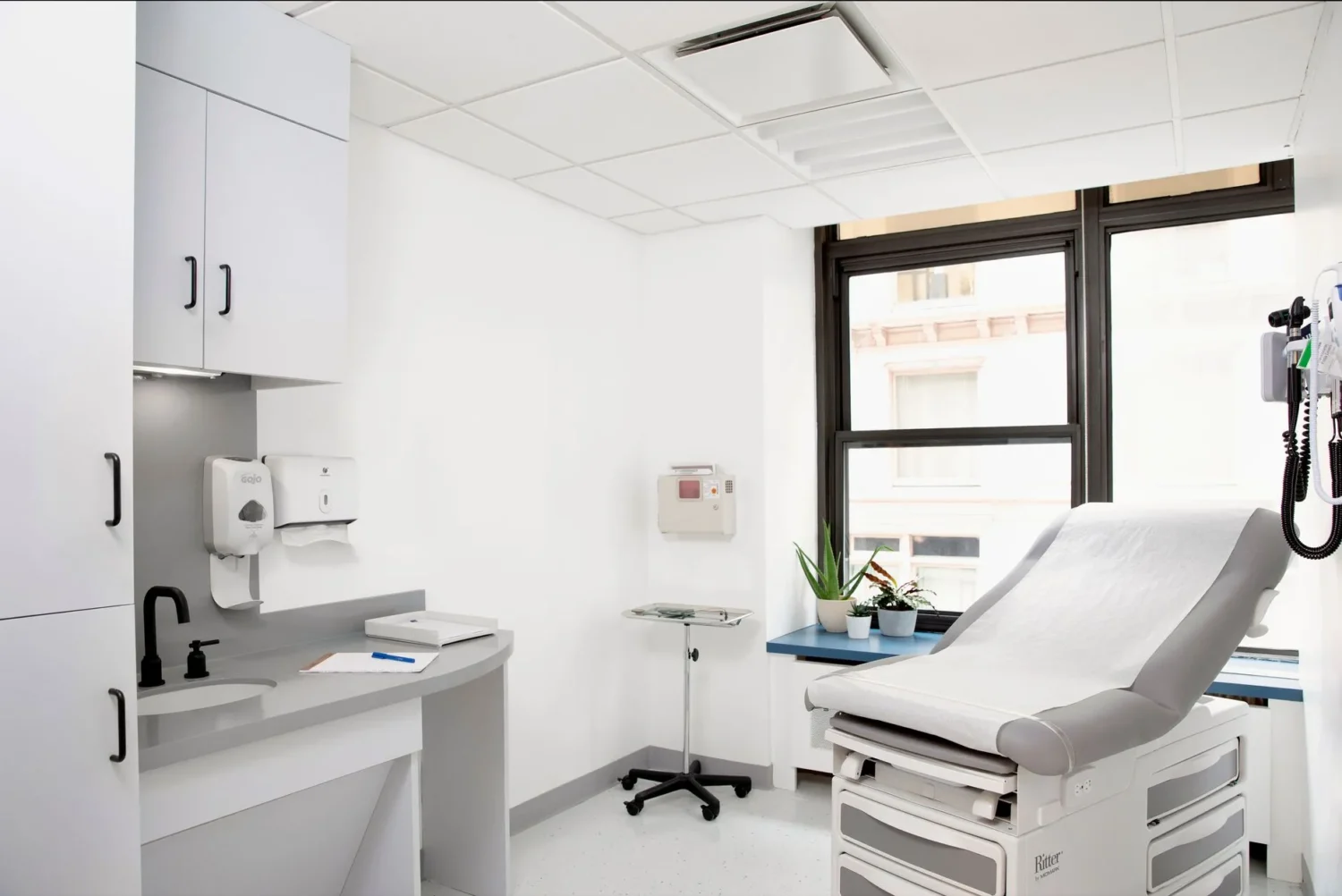
Prescription for Success: Understanding Medical Office Zoning
Zoning laws, established by local governments, determine the placement of medical offices in a community by dividing land into zones with specific rules for construction and usage. These laws ensure medical facilities are appropriately located, maintaining safe distances from incompatible land uses like industrial sites. Following these laws is important for the accessibility and success of medical practices, influencing where practitioners can establish or expand offices, impacting healthcare delivery and community well-being.
This article examines the relationship between zoning regulations and medical office development, exploring challenges faced by healthcare providers due to zoning laws. It explores the details of obtaining zoning clearances, the effect of zoning on the design and location of medical offices, and the necessity of understanding local zoning laws for informed decision-making. Readers will gain insight into how zoning shapes healthcare and its importance in medical practice planning.
Zoning Laws
Zoning laws are legal frameworks that define land use within specific geographic zones in a municipality. They segment cities into districts, specifying permissible building types and activities. These laws are evident in commercial zoning, which typically separates shops and offices from residential areas, addressing noise, traffic, and aesthetics.
Healthcare facilities have distinct zoning considerations for their unique needs and services. Regulations ensure hospitals and clinics are conveniently and safely located, considering accessibility, parking, and environmental factors. Zoning laws balance diverse development, maintaining orderly, functional urban and suburban areas.
Zoning Laws and Patient Accessibility

Zoning laws help in determining the placement of medical offices. These laws, enacted by local governments, greatly impact how easily patients can access these healthcare facilities. For patients who rely on public transportation, the location of medical offices can be an issue if the zones are not well-served by these services. For those who drive, the availability of parking is also a key consideration.
In addition, medical facilities must comply with the Americans with Disabilities Act (ADA), ensuring they are accessible to all patients, including those with disabilities. This includes providing wheelchair ramps, elevators, and restrooms designed to be used by individuals with disabilities. Healthcare providers that adhere to both zoning laws and the ADA, while also considering the needs of patients who use different modes of transportation, can improve overall accessibility. This careful planning ensures that healthcare services are equitable and easily available to everyone in the community.
Zoning Laws and Medical Office Design
In designing and building a medical office, be sure to follow all zoning laws governing building size, structure, and land use. These ordinances set out the maximum dimensions, and permissible structures, and ensure the office is in a suitable medical environment. Architects and engineers must integrate these legal requirements into their designs from the blueprint stage, balancing compliance with healthcare needs.
The office layout should promote a safe, healing environment that’s easy to get around in and promotes patient privacy. It must also meet safety and health standards, including space for emergency services, sanitation facilities, and ventilation systems. These elements must work together to create a medical office that is not only legally compliant but also best serves patients and healthcare professionals.
The Implications of Zoning on Healthcare Services

Zoning laws play an important role in shaping the healthcare of a community. These regulations determine where healthcare facilities can be located and the types of services they can offer. This influence is great, as it can either improve or limit access to a range of medical services for residents. A deliberate and thoughtful zoning approach is needed to ensure the available services align with the specific health needs of the local population.
When a community’s healthcare needs change, perhaps due to demographic shifts or advancements in medical technology, zoning laws must be flexible enough to accommodate this change. Proper zoning is key in planning for necessary expansions or alterations in healthcare services, ensuring that all citizens have access to the right care at the right time, and fostering a healthier and well-served community.
Zoning Laws for Lease or Purchase
When searching for a medical office space for rent or purchase, it’s important to understand local zoning laws to ensure your intended use is permissible. Conducting due diligence is key—investigating current zoning classifications, applicable restrictions, and possible future zoning changes that might impact your use. If your intended use conflicts with zoning ordinances, you may need to seek conditional use permits or variances, which require a detailed application process, including public hearings and zoning board review.
Be aware that obtaining these exceptions is often lengthy and not guaranteed. Additionally, compliance with zoning laws may entail substantial property modifications, incurring legal and financial costs. Always consult zoning experts, legal counsel, and financial advisors to complete this process effectively and protect your investment while following local regulations.

The Future of Zoning Laws in Healthcare
Looking ahead in healthcare, it’s evident that zoning laws must progress to align with changes in medical space usage, especially due to technological advancements like telehealth. Traditional zoning, which clearly defined areas for hospitals and clinics, is becoming outdated as telehealth reduces the need for large physical healthcare facilities. This shift demands new zoning approaches that recognize the digital delivery of healthcare services and rethink the categorization and use of medical spaces.
Future zoning laws need to be adaptable to these technological innovations and the progressive methods of healthcare provision. Preparing for these changes requires continuous dialogue among policymakers, healthcare providers, and urban planners. This collaboration will ensure zoning regulations not only support healthcare innovation but also respond to community needs.
Zoning laws are important in determining where medical offices are located, greatly influencing healthcare accessibility. These regulations affect how easily populations can access services, shaping medical access. Healthcare providers must understand these laws, as balancing them allows the healthcare industry to adapt and respond to changing needs. Proper attention to zoning laws ensures compliance and aids in creating an accessible and effective healthcare infrastructure.




